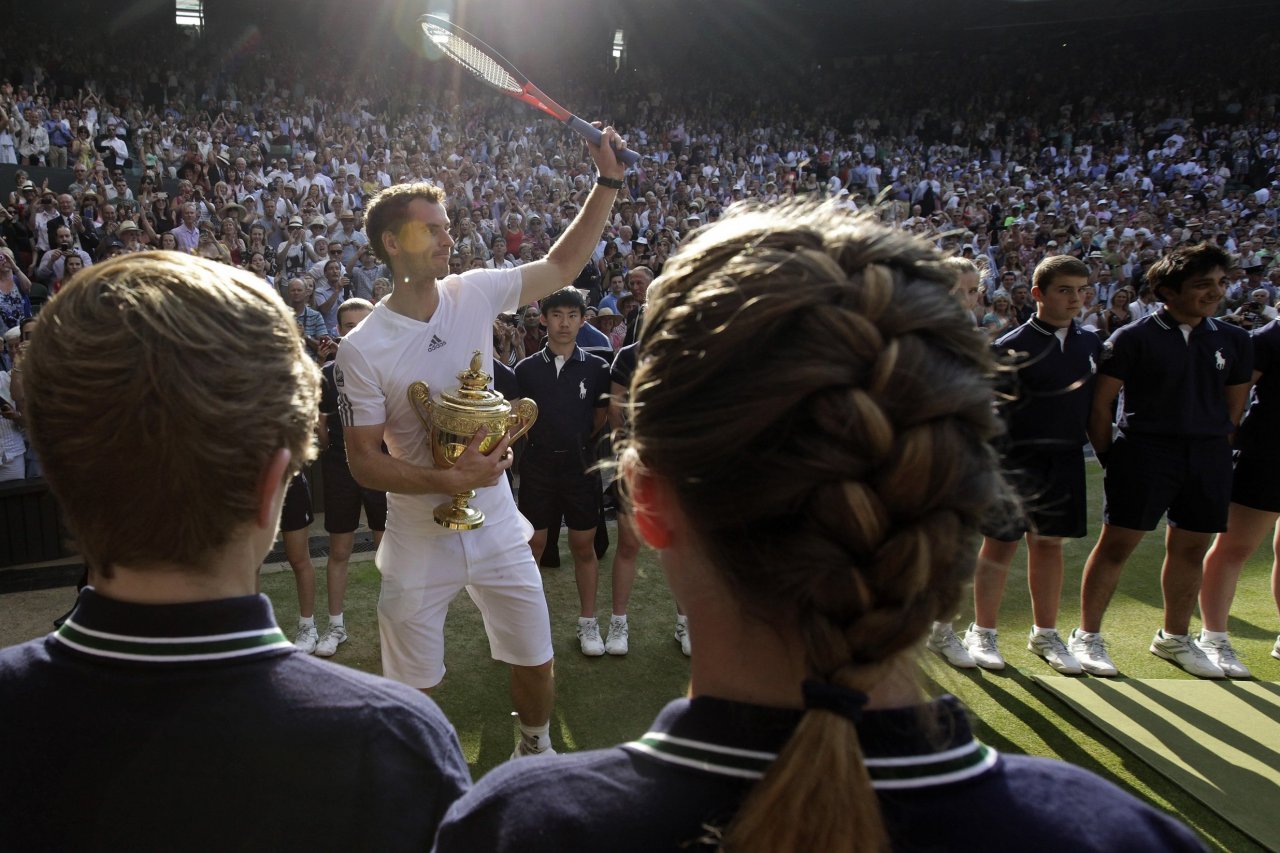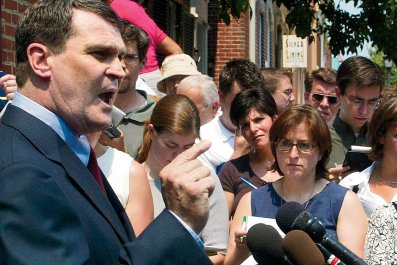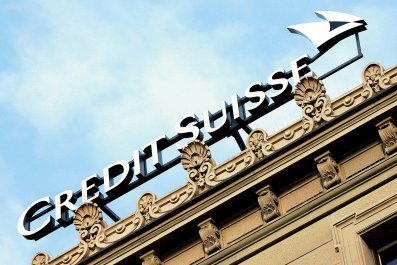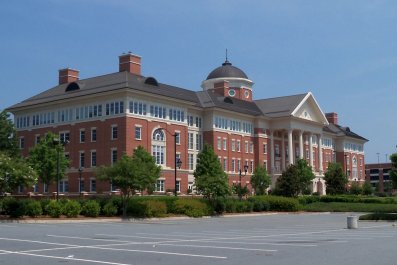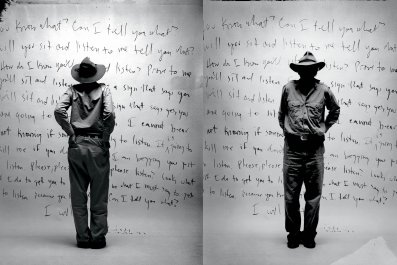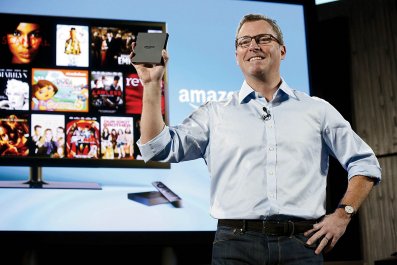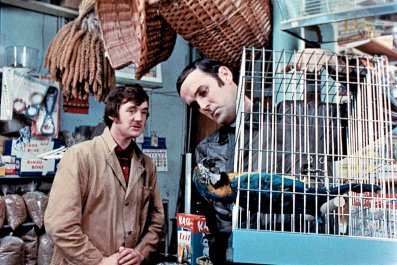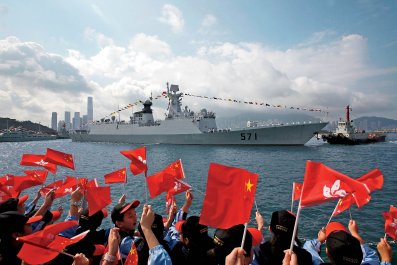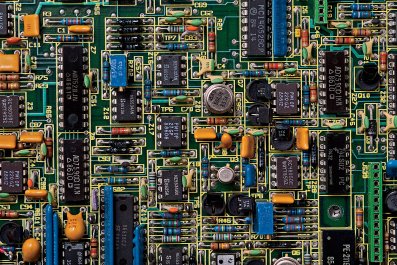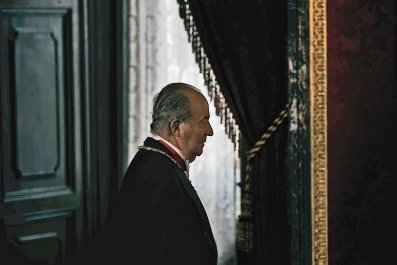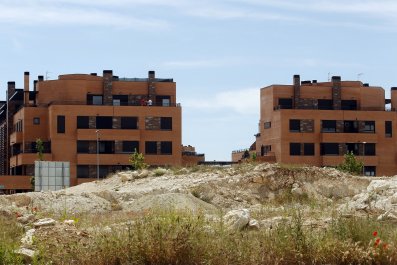Every summer, a private club with fewer than 500 members holds a tennis tournament in a London suburb that produces a clear, off-the-top profit in excess of £35m in just two weeks.
The club is the All England Lawn Tennis Club (AELTC) and the tournament is Wimbledon – an annual miracle of commercial enterprise during which the AELTC tears up large sections of the corporate rule book as it puts propriety ahead of profit, clinging as closely as possible to the idea of "tennis in an English garden". It does not, for instance, allow sponsorship signage anywhere across the club's 14 acres, including on the Centre Court. Committee members don't earn a penny, while the professional staff, headed by CEO Richard Lewis, take home relatively modest salaries. Clothing companies must follow strict "almost entirely white" guide lines for clothing – a rule that has been toughened up this year to include headbands and wristlets. There are no corporate boxes, no music played at changeovers, no replays shown on the big TV screen, "because it might embarrass or distract the players".
"We run a tennis tournament, not an event," says club chairman Philip Brook, who succeeded Tim Phillips five years ago. "And we are successful precisely because we don't have signage on the Centre Court. It enhances the uniqueness of the tournament and attracts the kind of partners like Rolex who share our vision and are content to have just one small sign on their Centre Court clock. Slazenger have been with us since 1902, the longest sponsorship partnership in sport. We promote and protect the Wimbledon brand and our logo is the only thing we want people to see."
That should be laughable in today's sporting world of giant billboards and raucous TV advertising. So how do they do it? How do a bunch of unpaid business people, augmented by a savvy staff of a few dozen, make enough money in two weeks to partially finance the entire sport of tennis in Great Britain? (In a recently tweaked agreement, Britain's Lawn Tennis Association received £37m from Wimbledon in 2013.)
Earlier this month, Wimbledon became £102m richer when the 2016-2020 issue of debentures sold out at £50,000 each, having been oversubscribed by 100%. There are 2,500 of them, all guaranteeing the buyer one Centre Court seat for each of the 13 days of the Championships as well as 1,000 debentures, costing £13,700 each, for ten days on No 1 Court.
This was the first five-year cycle of debenture sales since 2009 and the price has rocketed from £27,500. "An 80% increase is big but we gauged the pricing on the demand we were seeing from internal sales," explains Brook. "One of the great attractions of debenture seats is that they can be sold. Regular tickets available to the public cannot and we police that fiercely. Last year we saw that some debentures, with just two years left, being sold for £90,000. It's an open market and it's indicative of how much people value them that not many are sold. However, anyone who does sell, makes a huge profit."
The club owns two companies – the Championships and the Ground Company. It is the latter organisation that receives the debenture money as well as a "significant sum" in rent from the Championships for the two weeks of the tournament. In this way all the modernisation of the site from the building of a new No 1 Court; a vast Broadcast Centre; the new Members and Players building and the roof over Centre Court has been financed.
If Bill Tilden or Suzanne Lenglen, stars of the 1920s, walked through the Fred Perry gates today would they recognise the place? "I'd like to think so," says Brook. "Obviously we have modernised on a huge scale but we have always strived to keep the feel of the club as it started out. It required some very clever forward planning at about the time John Curry became chairman in 1989. John had the same vision as Mark McCormack of IMG, who was already taking personal responsibility for growing our commercial side, and the pair worked very well together."
Curry's charm and McCormack's American know-how took the brand far afield to China and Japan, where the club still own retail outlets, and some stuffier members were not always thrilled by the grand horizons. "But if conflict is required, I'm a front row forward," says Curry, who earned a rugby Blue at Oxford.
"Part of the secret is that people of the calibre of Curry and now Brook work incredibly long hours because they love the game," says John Barrett, a former British Davis Cup captain who has served on various Wimbledon committees. "If this was a purely commercial enterprise, people like that would cost a fortune to hire."
Paul McNamee, the former Wimbledon doubles champion, is one of many who are in awe of the whole operation. "They are incredibly good at what they do," says McNamee, who admits to stealing some of Wimbledon's ideas when he ran the Australian Open from 1999-2006. "And the paid club secretaries, or CEOs as the post has become, have been top quality, like Chris Gorringe, Ian Ritchie and Richard Lewis who played on the tour. It's a complicated machine that always seems to run so smoothly."
There have, of course, been moments when Wimbledon was tested. The ban on professionals playing at the world's big amateur events hurt the quality of the tournament in the 1960s until the then chairman, Herman David, decided to risk the wrath of the amateur establishment and stage a professional event in August 1967. The BBC agreed to use it as a test for their new outside broadcast colour programming. David wanted to see if the public would turn up. When he sold every ticket, the pugnacious Welshman took an even bolder step and announced he would invite every player of sufficient standard to play at Wimbledon in 1968. That gesture ended what David called "the living lie of shamateurism" and forced the rest of the world to accept Open Tennis.
Wimbledon was made to suffer in 1973 when the International Tennis Federation (ITF)deliberately used it as a battleground to restrict the growing power of the players, less than a year after the Association of Tennis Professionals was formed. The dispute between Nikki Pilic and his Yugoslav Federation over whether he should play Davis Cup had nothing to do with Wimbledon but the ITF's officials lengthened the ban on Pilic to cover Wimbledon. "You guys will boycott any other tournament but you won't boycott Wimbledon," one official said at the time. He was wrong. Ninety of them did, including defending champion Stan Smith, and the governance of the game was never the same again.
But, for that year, the public stuck by Wimbledon and the crowds did not suffer as Jan Kodes grabbed the chance to win the title. "It was an example of just how strong Wimbledon was, and remains," says Barrett. "It is unique and you know one of the things that make it especially so? The grass – just the smell of the grass." Try -putting that in your next corporate report.


